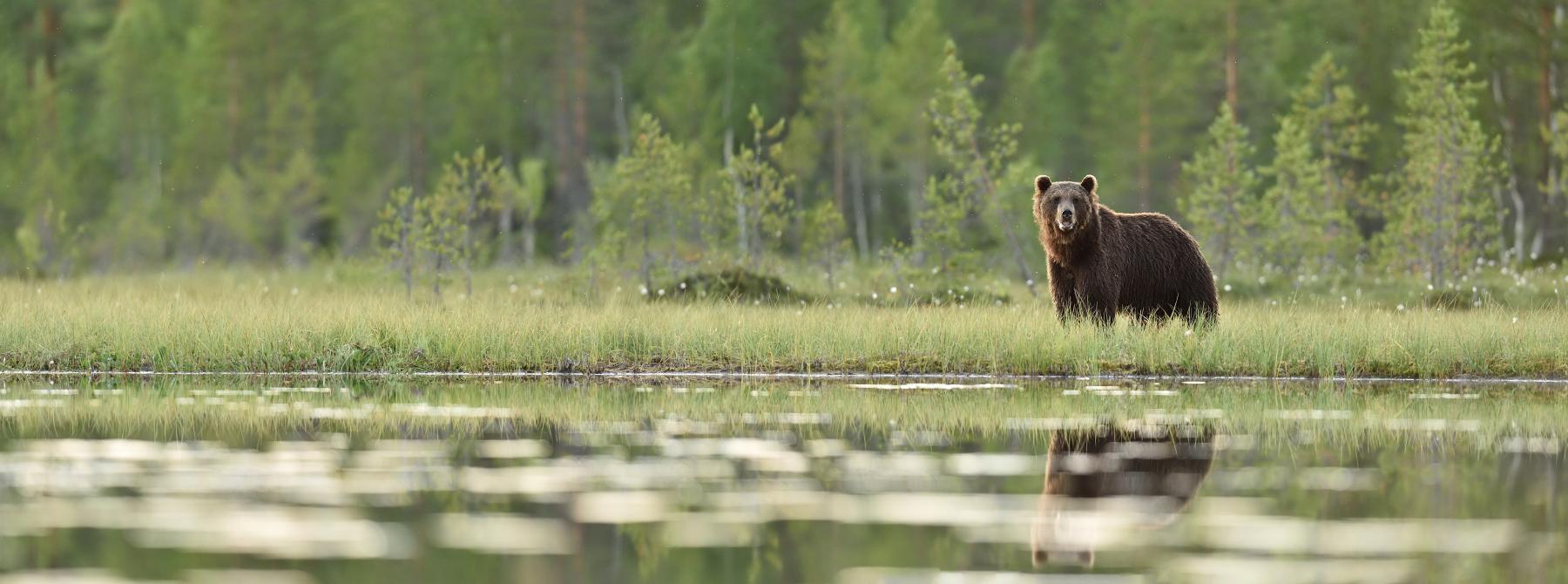Fish and Wildlife
Spanning arctic to tropical latitudes, the U.S. and its territories offer an immense variety of ecosystems and biodiversity. Over billions of years, an untold number of species have evolved to fit within these different climates, geographies, and conditions, creating unique and complex webs of life.
Our forests and grasslands are often where the greatest concentrations of biodiversity lie. They also offer a lifeline to species pushed out of degraded, disturbed, or urbanized areas. Crucially, the health of forest and grassland systems is inextricably tied to the fish and wildlife populations within them that pollinate, distribute seeds, cycle nutrients, and maintain the balance of pests, predator, and prey.
The Forest Service conducts research on fish and wildlife to better understand the biodiversity within forests and grasslands and control the impact disturbances, land management decisions, and human interaction have on them. Forest Service research provides managers and decision-makers with tools and knowledge to help protect, enhance, and restore fish and wildlife habitats and minimize the effects of disturbances such as fire, urbanization, disease, and climate change.
Related Links
-
Topic
-
Topic





